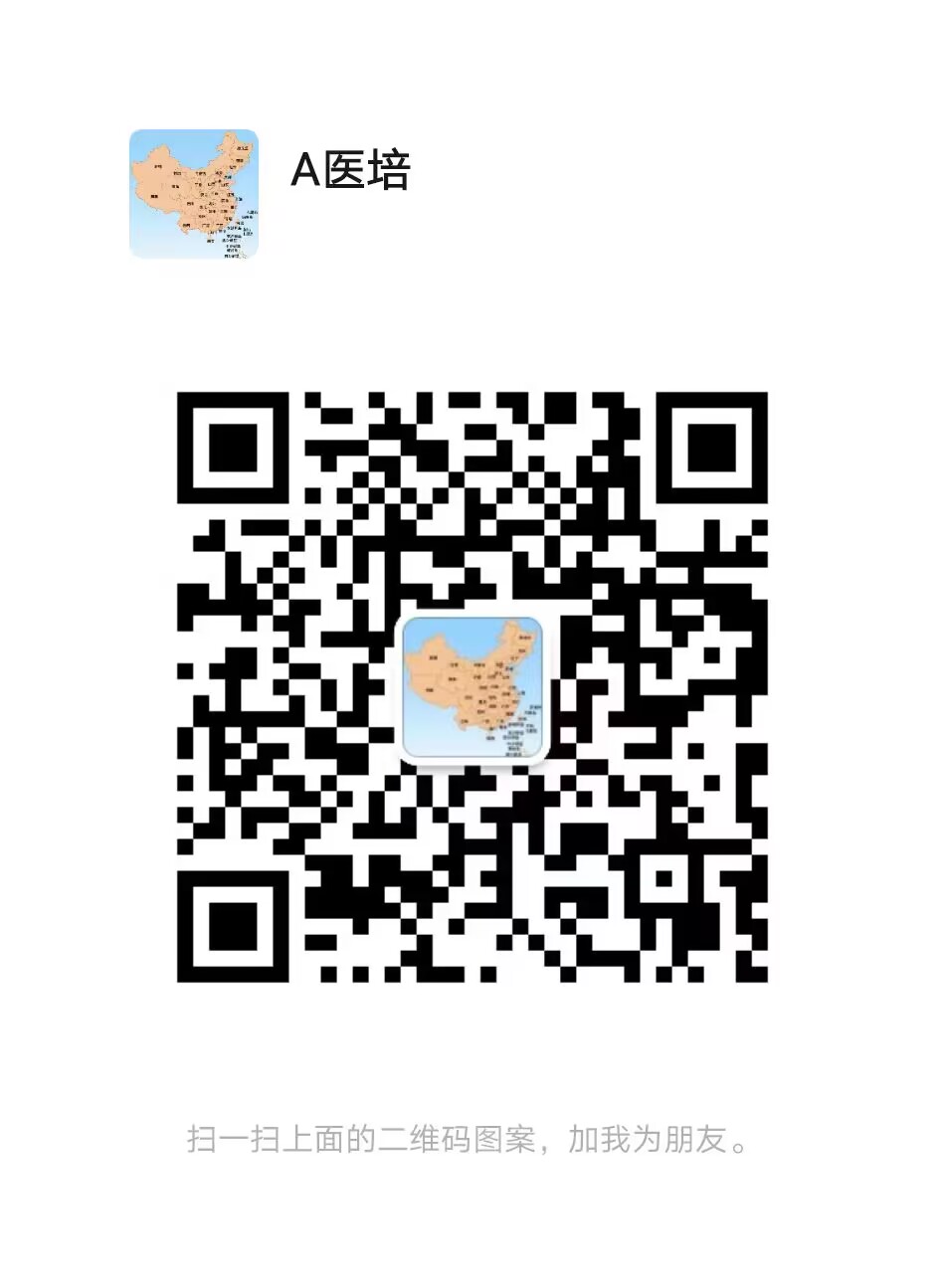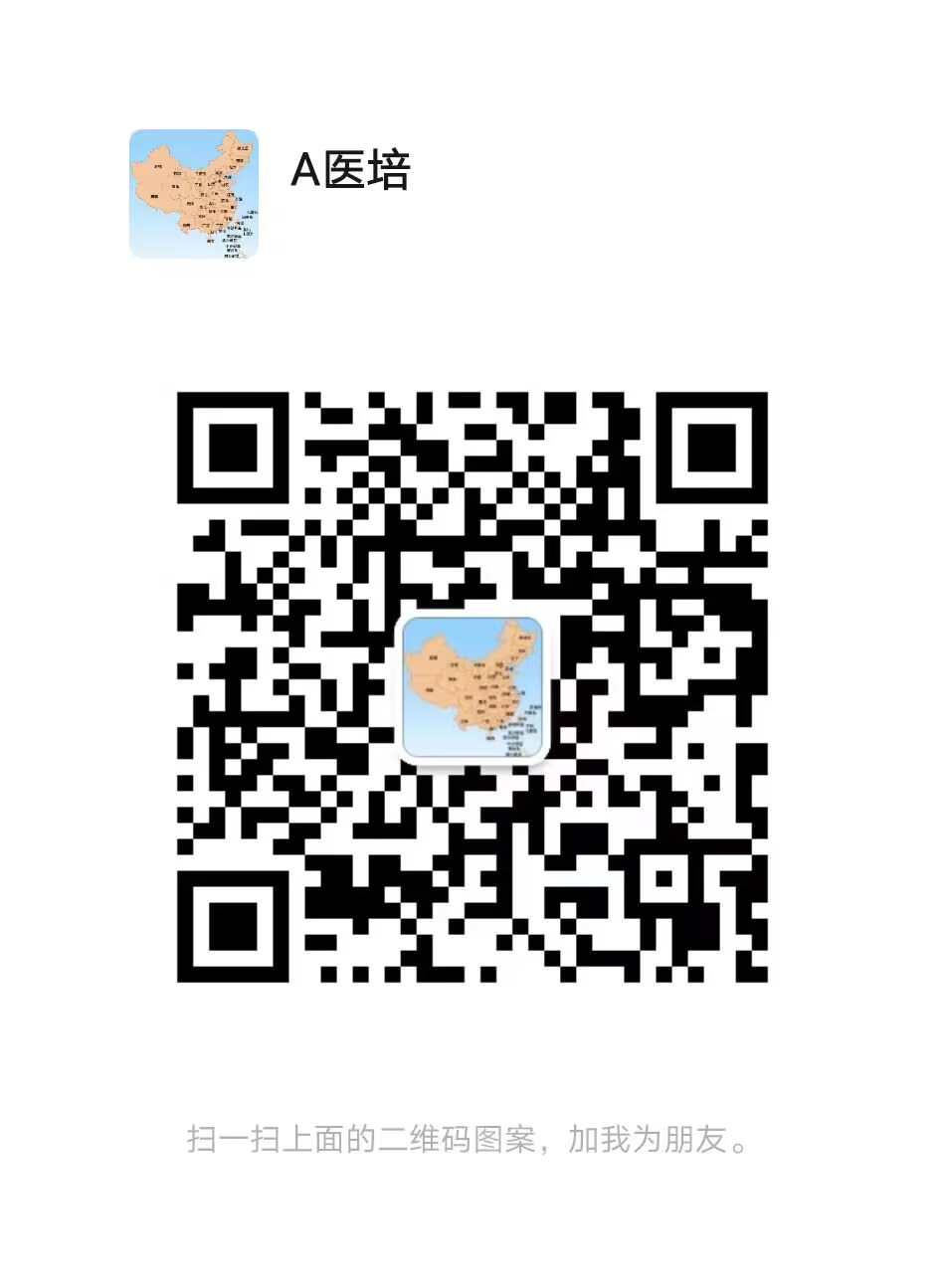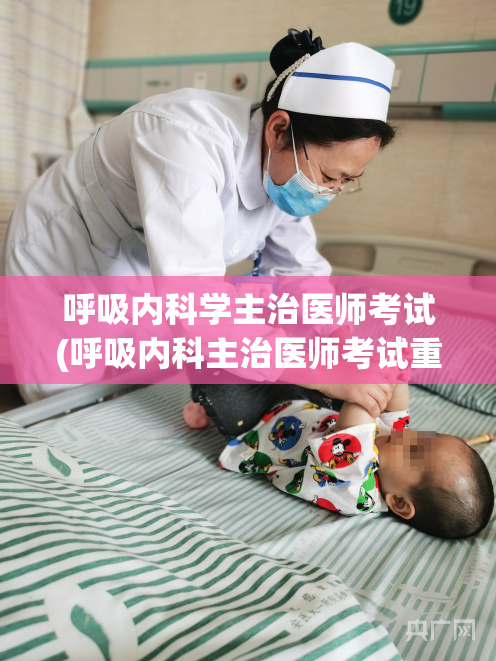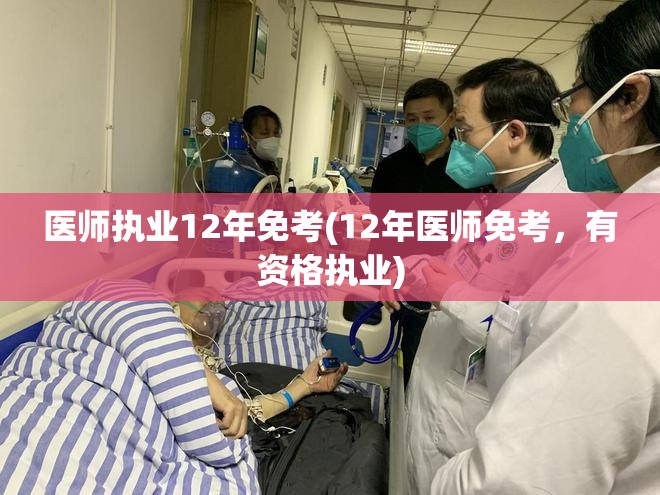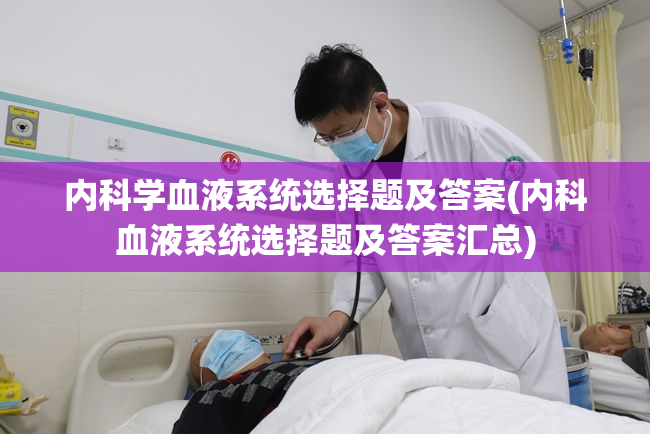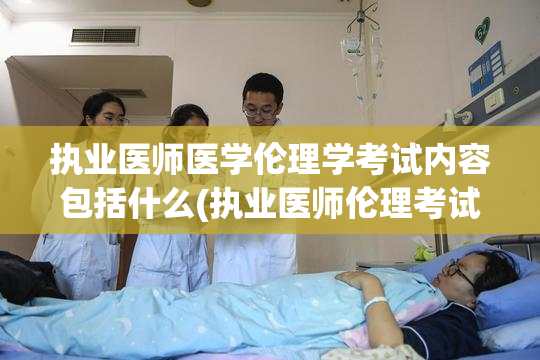Title: Pharmacology of Traditional Chinese Medicine
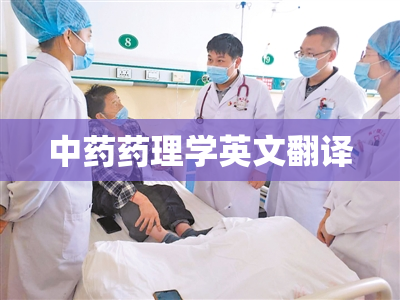
Introduction
Traditional Chinese medicine (TCM) has been practiced for over 2000 years and has been recognized as an alternative or complementary therapy in many countries. TCM includes herbal medicine, acupuncture, and other non-pharmacological therapies such as moxibustion and cupping. TCM is believed to restore balance and harmony in the body by treating the root cause of the disease rather than just the symptoms.
Herbal Medicine
Herbal medicine is the most common form of TCM and involves the use of plants, animals, and minerals. The active ingredients in TCM herbs are complex mixtures of compounds that act on multiple pathways in the body. Many TCM herbs have been scientifically evaluated for their pharmacological activities including anti-inflammatory, antioxidant, and anticancer effects.
Acupuncture
Acupuncture is a form of therapy that involves the insertion of thin needles into specific acupuncture points along the body's meridians. It is believed that these points can be stimulated to restore the flow of Qi, the body's vital energy. Acupuncture has been shown to be effective in the treatment of pain, nausea, anxiety, and depression.
Moxibustion
Moxibustion is a therapy that involves burning dried mugwort on or near the acupoints to stimulate blood flow and relieve pain. In TCM, it is believed that moxibustion can restore the balance of Yin and Yang in the body.
Cupping
Cupping involves the use of glass or plastic cups suctioned onto the skin to increase blood flow, boost the immune system, and reduce pain. It is commonly used to treat musculoskeletal disorders, respiratory problems, and digestive disorders in TCM.
Pharmacological Mechanisms of TCM
TCM herbs have been shown to act on multiple pathways in the body, including the immune system, the nervous system, and the cardiovascular system. For example, astragalus root has been shown to stimulate the immune system and improve the function of white blood cells. Rehmannia root has been shown to have neuroprotective effects and improve cognitive function. Panax ginseng has been shown to improve cardiovascular health by reducing blood pressure and cholesterol levels.
Conclusion
TCM has a long history of use and has gained increasing recognition as a complementary therapy in many countries. TCM includes a variety of therapies, including herbal medicine, acupuncture, moxibustion, and cupping. TCM herbs have complex mixtures of compounds that act on multiple pathways in the body, and many TCM herbs have been scientifically evaluated for their pharmacological activities.

